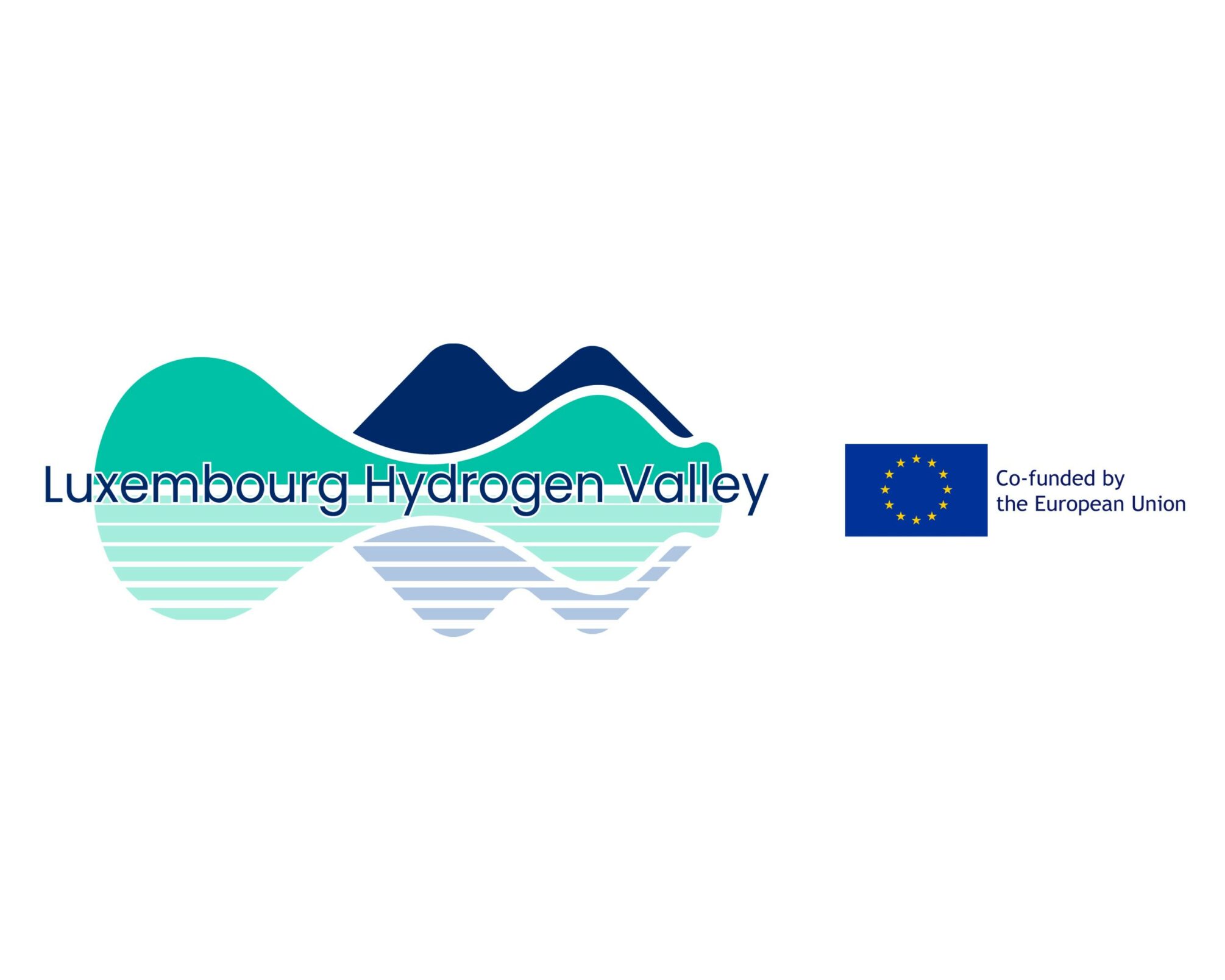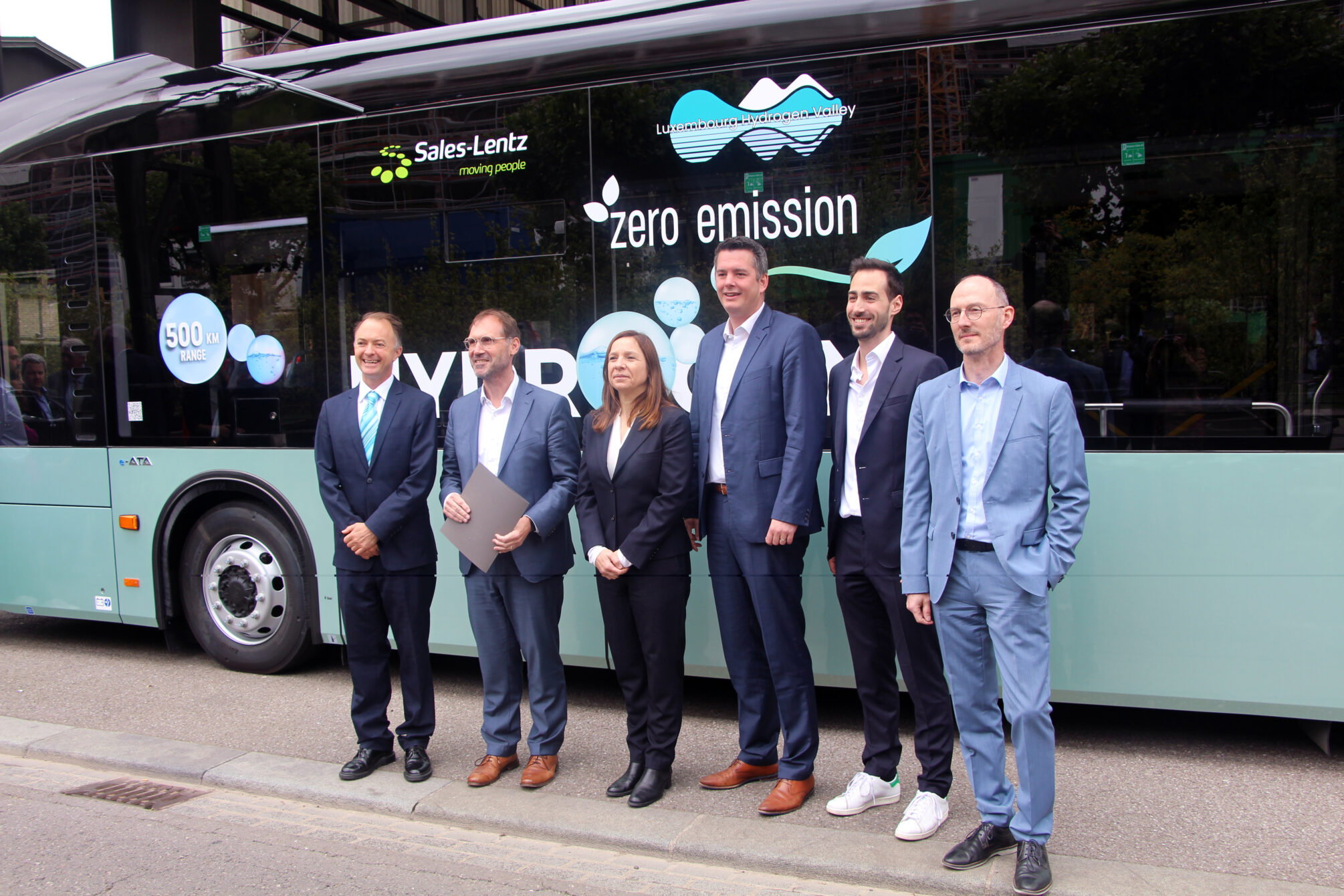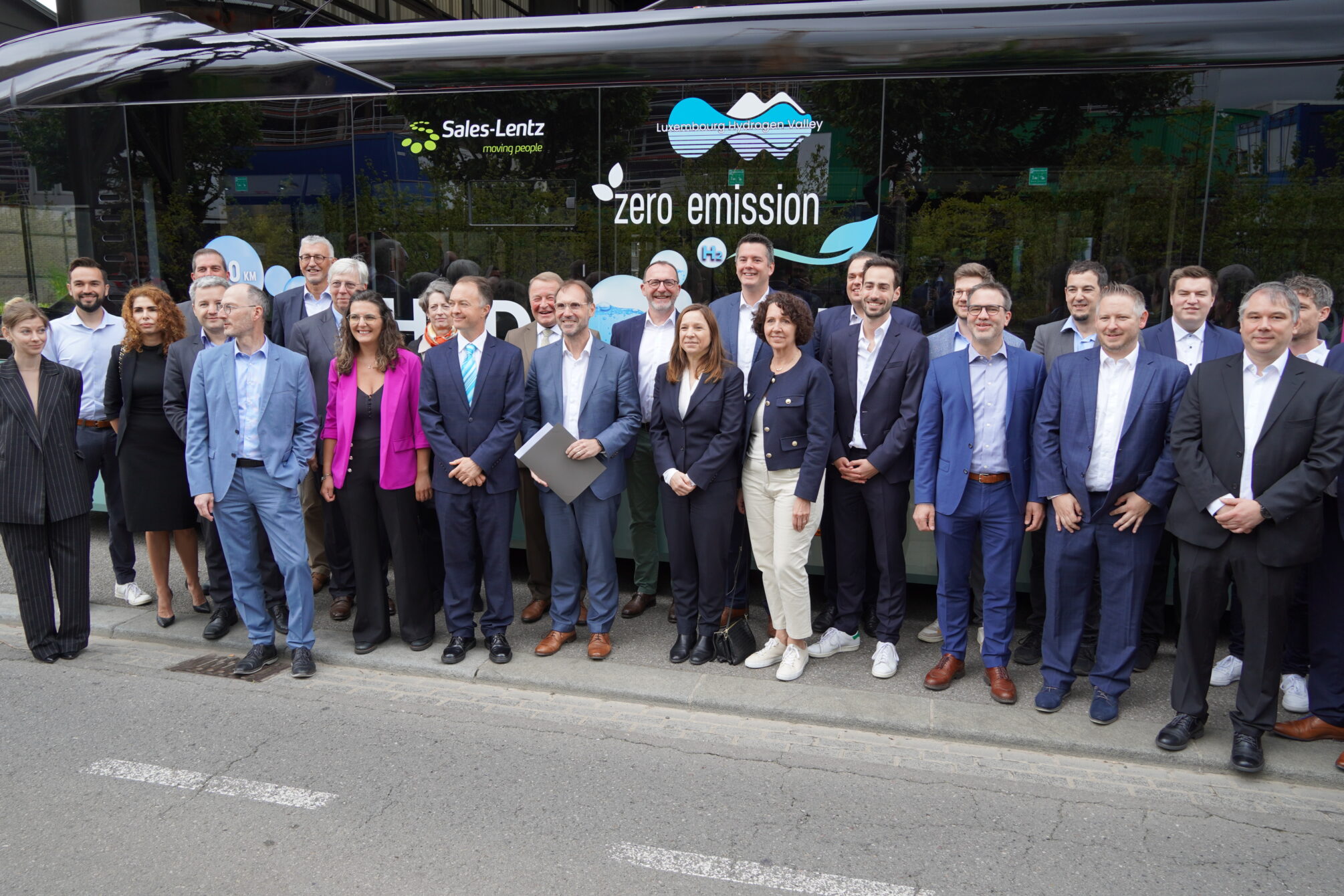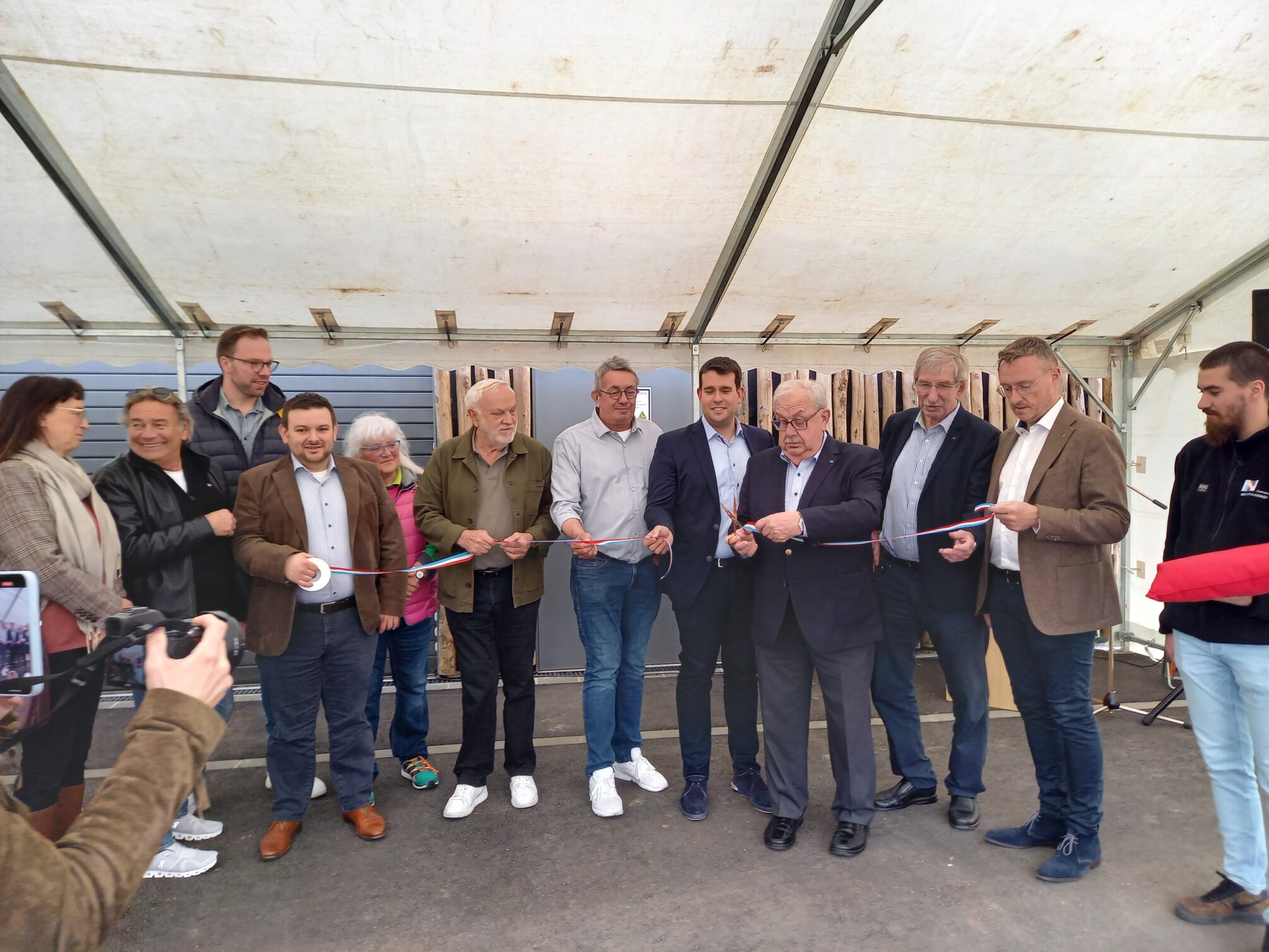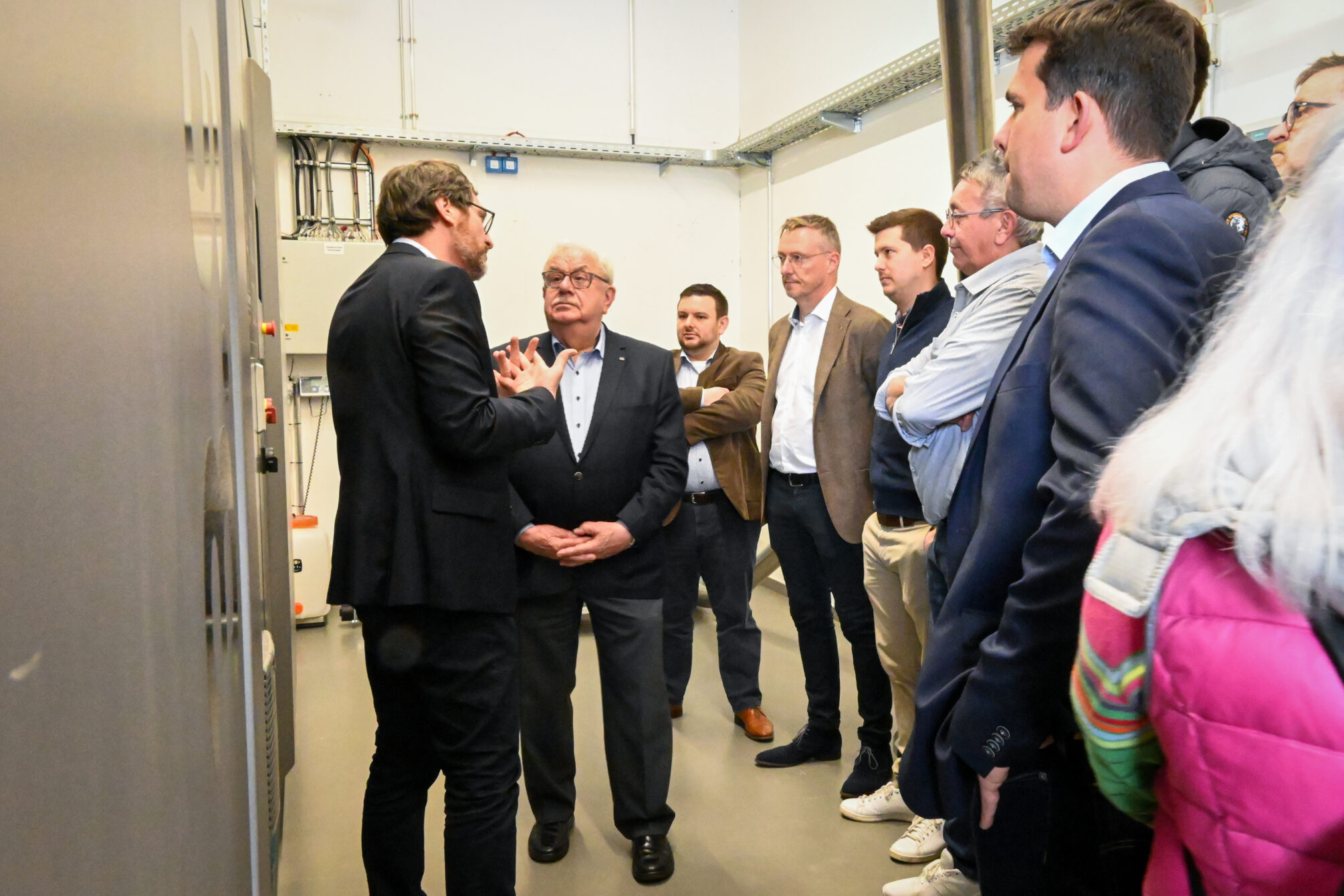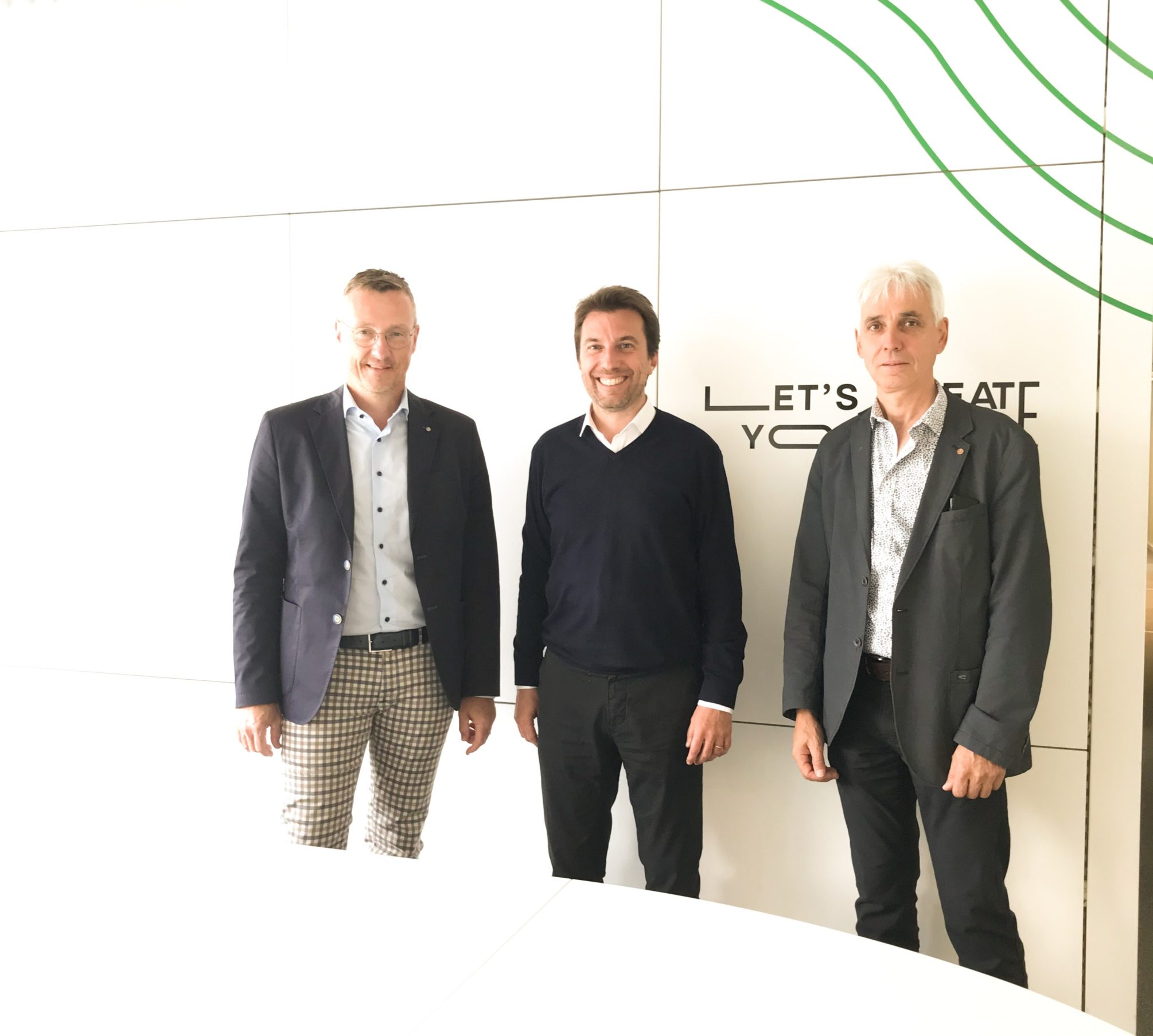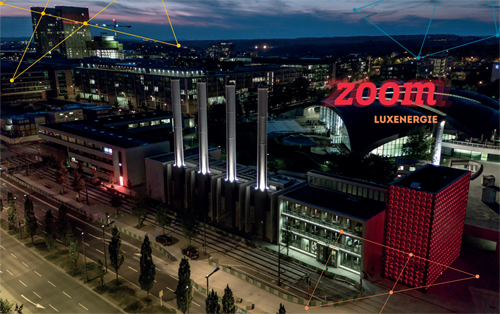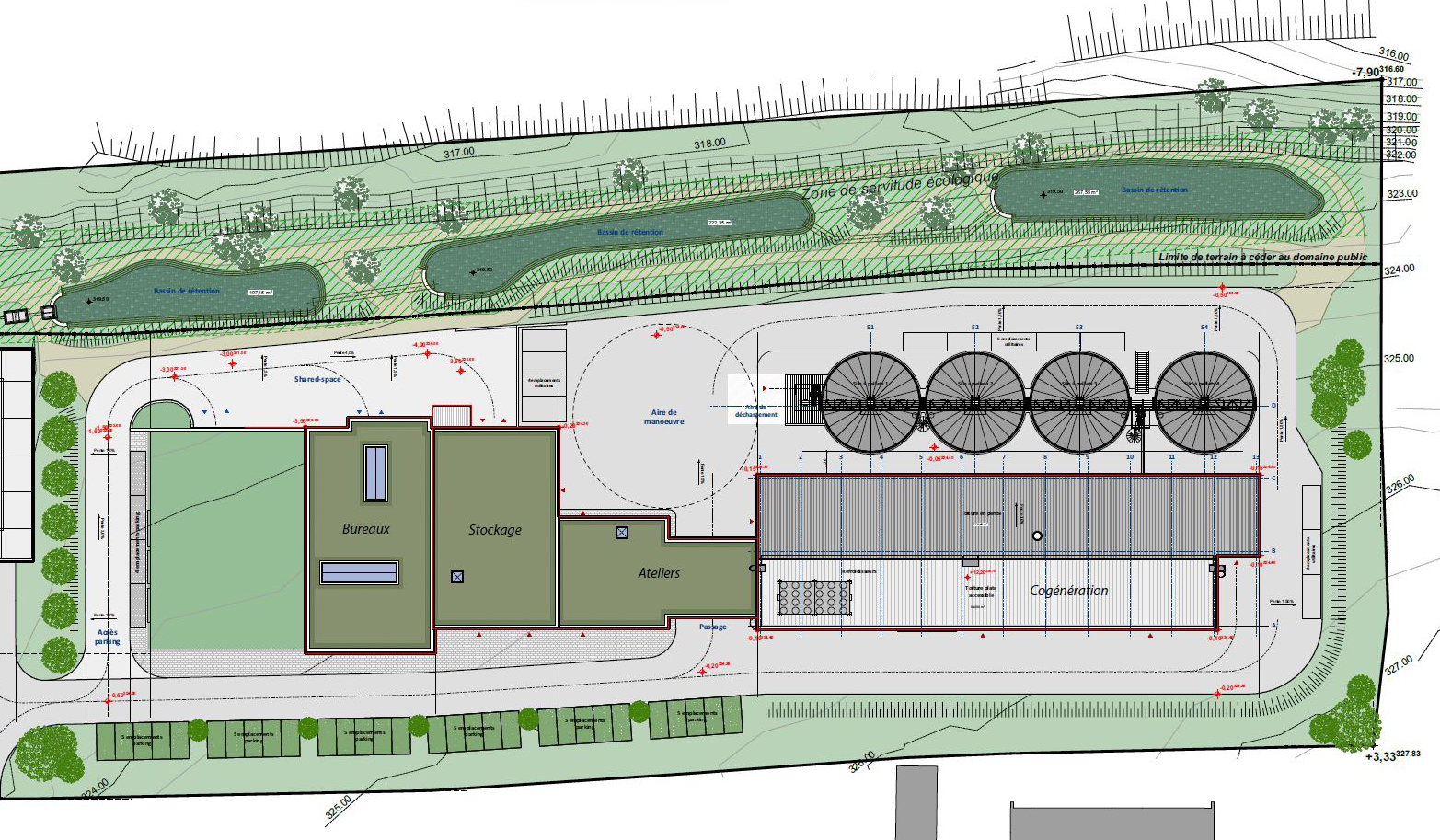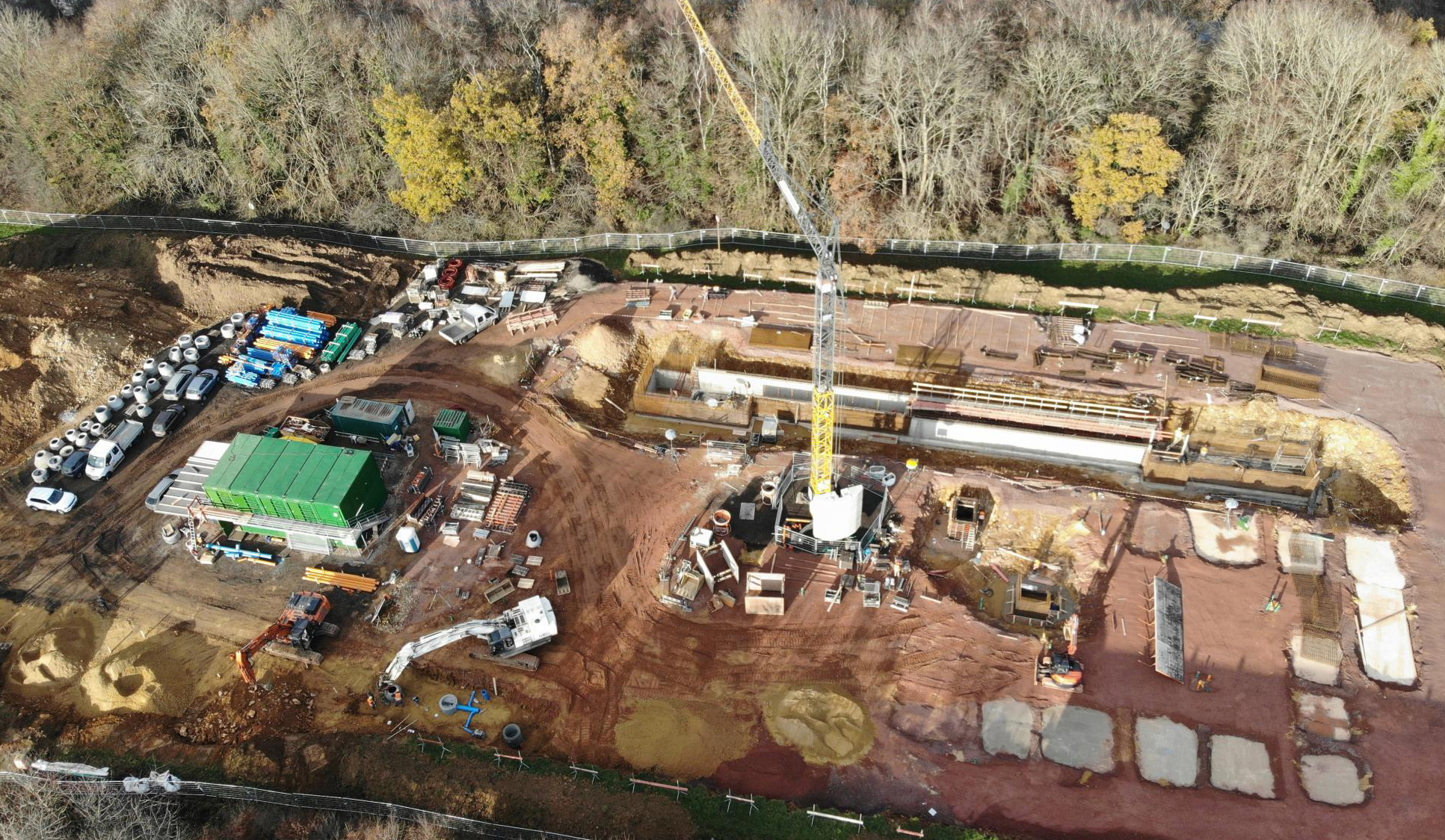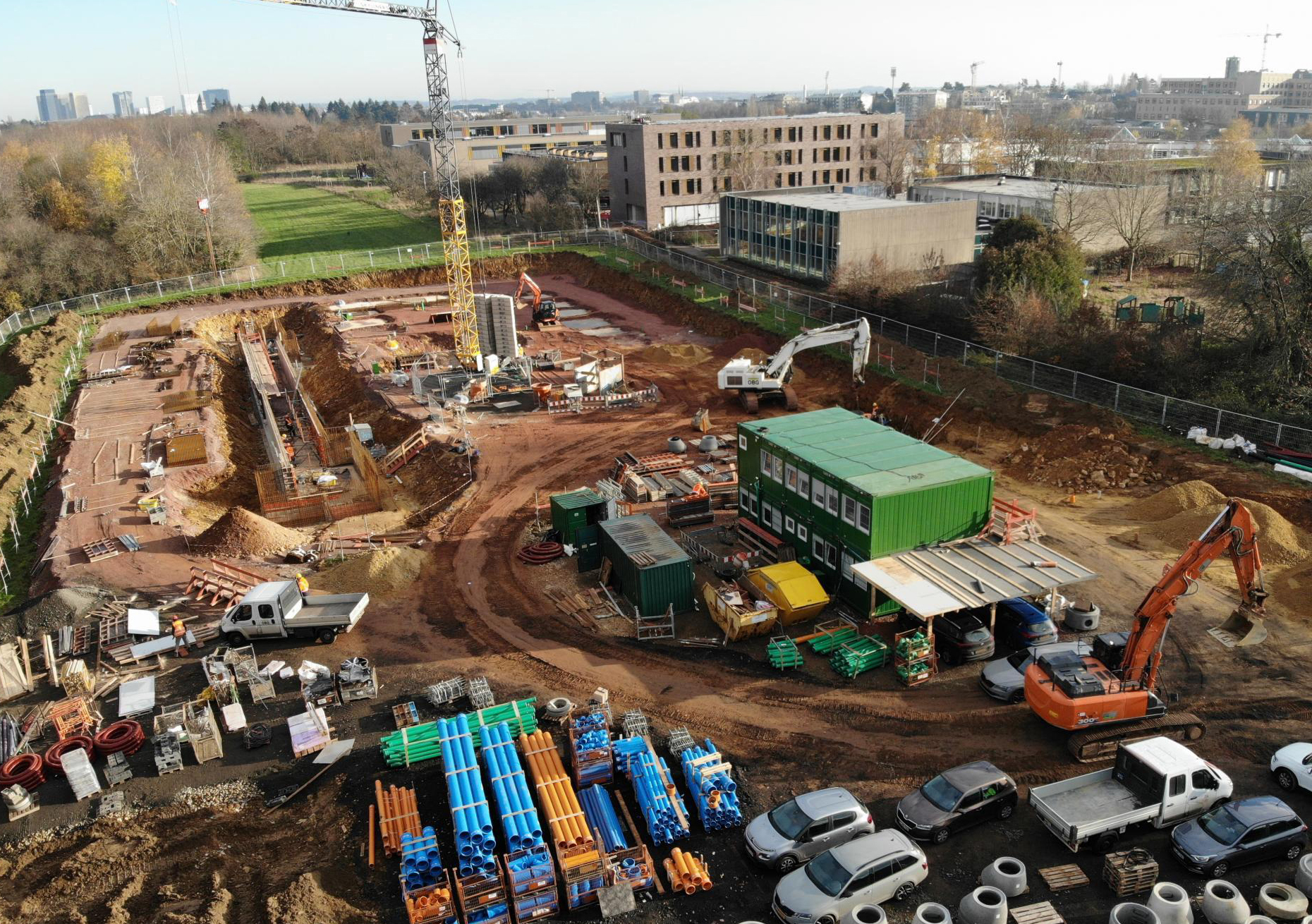(Press release only available in French.)
Depuis l’installation de AUCHAN au Kirchberg en 1996, l’entreprise LUXENERGIE, produit et fournit sur site chaleur, froid et courant de secours pour le “Stadtteilzentrum Kirchberg”, comprenant l’hypermarché AUCHAN, la galerie commerciale, l’ensemble de bureaux J. BECH occupés par la Commission Européenne, ainsi que l’immeuble KUBIK.
Conçue dans les années 1995, cette centrale
fonctionnant avec des énergies fossiles avait pour vocation d’assurer à
l’ensemble immobilier une totale autonomie de fonctionnement pour palier tous
risques éventuels de rupture de fourniture d’énergie et limiter d’autant le
développement des réseaux publics présents à l’époque sur le plateau.
Fortement engagées dans une démarche de
développement durable et de limitation des impacts environnementaux, les
sociétés LUXENERGIE et NHOOD (mandatées par l’ensemble des propriétaires du
site), entourées des bureaux d’études LUX CONSULT & FELGEN, et de conseil
ARENDT MEDERNACH – ont renouvelé leur collaboration pour les 20 prochaines années
sur la base du remplacement de la centrale d’énergie de cogénération fuel-gaz
en centrale d’énergie à pompes à chaleur air – eau à technologie de CO2
(une première au Luxembourg), alimentées par de l’électricité issue de sources 100% renouvelables.
Elle vise ainsi un
approvisionnement énergétique du complexe totalement neutre en CO2, soit une économie d’environ 2.500 tonnes annuelles de CO2, et la
réduction d’environ 45% des dépenses énergétiques.
Ce projet d’ampleur représente un
investissement de plus de 7 millions d’euros (dont 75% dévolus à des
entreprises luxembourgeoises) pour 35 millions d’euros de fourniture
énergétique cumulée sur la durée.
Les installations actuelles seront
dépolluées et démantelées à destination du marché de seconde main pour les
équipements réutilisables, ou à des fins de recyclage des matières premières
pour les équipements non réutilisables.
Forts de cette expérience commune de
conception du renouvellement de la centrale d’énergie et de l’esprit
constructif manifesté tout au long du processus, les partenaires sont également
convenus d’unir leur savoir-faire afin de mener une politique d’achats
énergétiques commune proactive.
Matteo Perino, General Manager de Nhood Luxembourg souligne : « Nous nous engageons à améliorer la performance environnementale des actifs et quartiers dont nous avons la gestion ou que nous créons. Ce projet, mené de concert, s’inscrit pleinement dans notre volonté de générer dans chacune de nos actions, un triple impact positif : People-Planet-Prosperity ».
Photo de gauche à droite: Paul Weis, Administrateur Délégué LuxEnergie – Matteo Perino, Directeur Général Nhood Luxembourg – John Sliepen, Chef du Service Technico-Commercial LuxEnergie
Techniquement, la transformation consiste à remplacer les trois cogénérations au gaz, ainsi que les cinq machines frigorifiques, par quatre pompes à chaleur air-eau réversibles. Le CO2 haute pression utilisé dans les pompes à chaleur, est un réfrigérant parfaitement naturel, aux qualités environnementales optimales.
Ces
pompes à chaleur peuvent fonctionner dans trois modes différents :
- Mode
chauffage, à partir de l’air ambiante et activé grâce à l’électricité verte,
l’eau est chauffée à 75 °C et injectée dans le réseau de chaleur en
hiver ;
- Mode
climatisation, le cycle est inversé pour refroidir le bâtiment. La chaleur est
extraite du bâtiment et évacuée vers l’extérieur au moyen de ces mêmes pompes à
chaleur ;
- Mode combiné,
la chaleur à évacuer lors de la production du froid est portée au niveau de
température du réseau de chaleur. Il en résulte un rendement particulièrement
optimal.
Les pics de demande d’énergie en chaleur (< 5% des besoins), sont couverts par des chaudières existantes alimentées par du biogaz.

